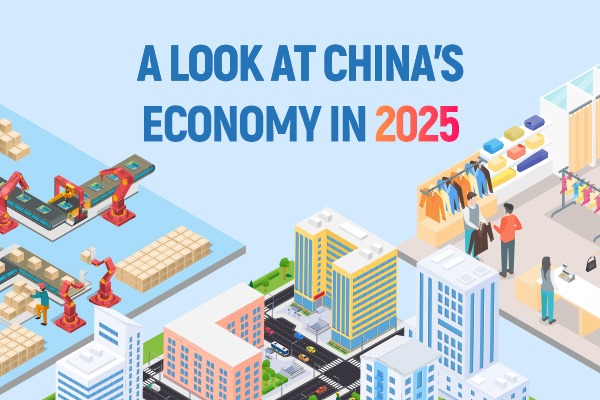Several issues that need to be further clarified about Sino-US trade frictions


7. Can economic and trade frictions promote US economy prosperity?
Since 2019, the employment rate and the market value of the US stock market have remained high. In the first quarter, the actual GDP annualized quarter-on-quarter preliminary value was 3.2 percent. Since the introduction of economic and trade frictions by the US against China, the US economy seems to be doing well. This has made some people in the US confident about constantly escalating trade frictions with China. But to objectively evaluate the so-called "prosperity" of the US economy requires a comprehensive and rational analysis.
Based on some indicators, the US economy is prospering. However, whether it will continue to prosper depends on the state of capital accumulation. In the first quarter of 2019, the seasonally adjusted fixed-capital investment growth rate of the US private sector was only 1 percent, significantly lower than growth rates in 2017 and 2018. According to US official data, US durable goods orders fell 2.1 percent from the previous month in April 2019, surpassing the expected 2 percent decline. Shipments of core capital goods - a leading indicator of economic expansion - fell by 0.9 percent in April. From the perspective of development trends, economists are very unsure about the prospects of the US economy. According to a recent survey released by the National Association for Business Economics, many economists predicted that the possibility of a recession in the US economy by the end of 2020 will almost double, mainly due to the US government's trade protectionist policy.
Many studies have shown that the US economy is in a downward phase of the so called "long wave", a steady decline instead of rise. Many scholars, including former US Treasury Secretary Lawrence Summers, described the economic performance of the US as "long-term stagnation". There is no strong evidence currently available that the US medium - and long-term economic fundamentals - have improved. Although some in the US continue to brag about "the best economy ever," the facts speak louder than words. The average annual GDP growth rate in the US was 4 percent from 1950 to 1979, 3 percent from 1980 to 2007, 2.2 percent from 2010 to 2016, and 2.55 percent in the past two years. Obviously, the growth rate in the past two years is significantly lower than the so-called "golden age" after World War II and the "Clinton prosperity" in the 1990s. It is basically on the same level as that in the middle and late period of Obama's administration, and it is far from achieving the goal of more than 4 percent.

The effect of tax cuts on economic growth in the US is limited, while its pressure on the fiscal sector is enormous. In recent years, the US federal budget deficit has risen rapidly. In February this year, data released by the US Treasury showed that the size of US public debt has reached $22.01 trillion. Jeffrey Gundlach, chief executive officer at DoubleLine Capital, also known as the new "King of Bonds", said that the growth of the US economy is only the growth of debt. US-based Citibank also warned that the market was worried that the "fatal moment" of US solvency was coming. This "fatal moment" is likely to come early as the Sino-US trade friction escalates.
Sino-US economic and trade frictions will have a serious negative impact on the US economy. It will become a heavy burden that drags down the US economy. From the perspective of production, Sino-US manufacturing is highly interdependent. Many American manufacturers rely on China's raw materials and intermediates. Adding tariffs to each other will inevitably increase the production costs of US companies and reduce corporate profits. From the perspective of consumption, the addition of tariffs will lead to an increase in the domestic price level in the US. Consumers will pay more for the same number of commodities so that there will be a decline in demand at the current income level. From the perspective of import and export, the mutual tariff increase between China and the US will directly lead to the decline of US exports to China. At the same time, due to the increase in production costs of US companies, the international competitiveness of US products will decline and exports will be affected.
In the era of economic globalization, trade protectionism is a poison rather than a good prescription. There is no winner in engaging in economic and trade frictions, and hurting others means also hurting yourself. An important reason for the worldwide economic depression during the 1930s was the high tariff barriers and the big trade wars in powers such as the US and Europe. The lessons of the past are right there.




































